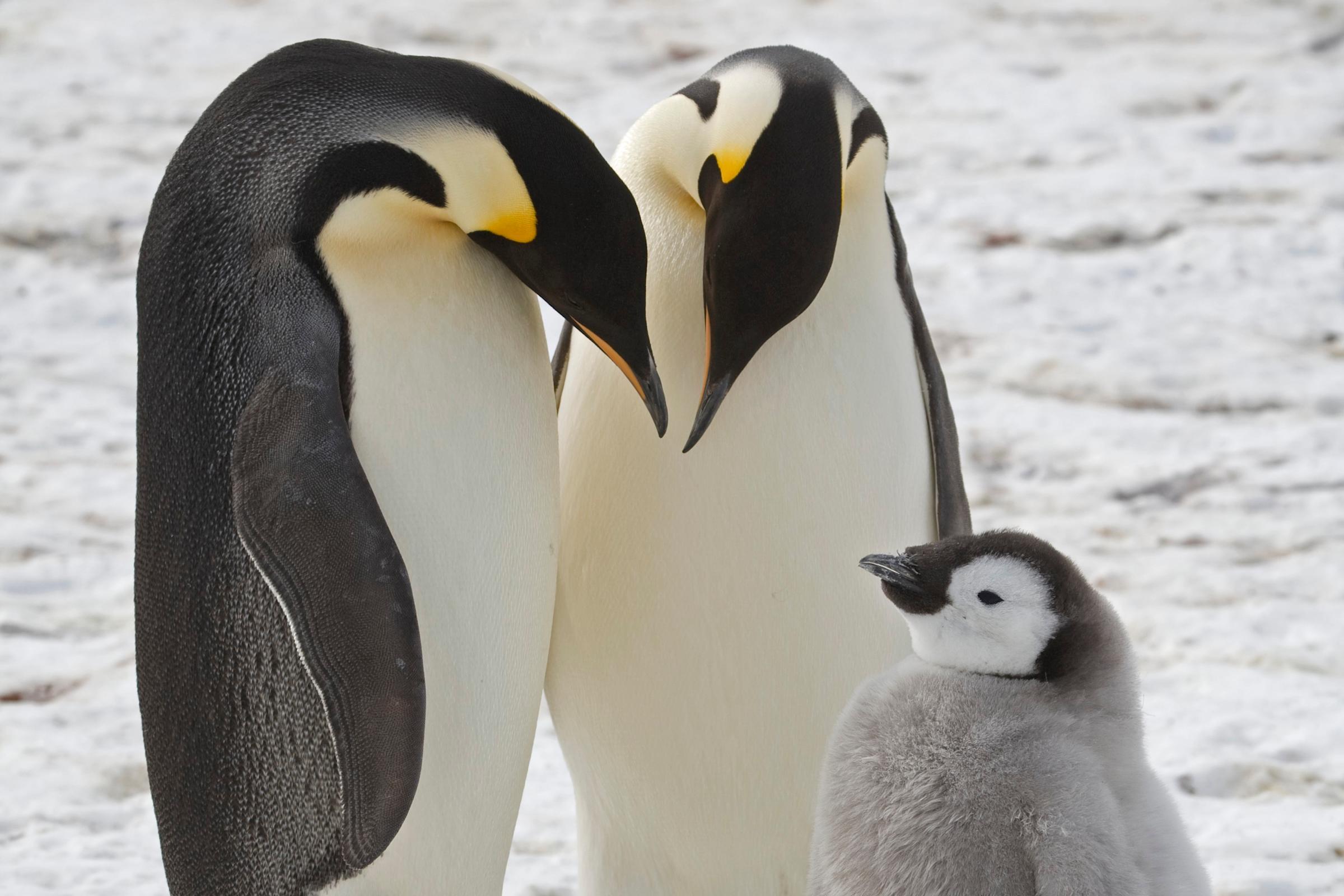The majestic emperor penguin population in a specific region of Antarctica appears to be declining at a rate faster than previously estimated. This concerning trend is revealed in a new analysis of satellite imagery, released on Tuesday, June 10, 2025.
The data indicates a significant reduction in their numbers, primarily driven by the impacts of climate change.
The Extent of the Decline
The analysis of satellite photos paints a stark picture of the challenges facing emperor penguins.
Visible Population Drop
Between 2009 and 2024, satellite photos captured visible changes in 16 emperor penguin colonies. The estimated population across these colonies declined by a dramatic 22% during this 15-year period. This reduction is largely attributed to climate change, which is causing a significant reduction in the amount of available sea ice. Scientists, however, cautioned that it remains unclear if this accelerated decline is observed consistently across the entire Antarctic continent.
Vital Role of Sea Ice
Peter Fretwell from the British Antarctic Survey, who contributed to the data analysis, emphasized the critical importance of sea ice for these penguins. “Sea ice is very important for the penguins because they breed on sea ice and forage on sea ice,” Fretwell explained. Stable sea ice provides essential platforms for breeding and serves as a crucial habitat for their food sources.
Worse Than Predicted: Expert Reactions
The new findings indicate a more severe situation than earlier projections.
Alarming Numbers
Scientists had previously estimated a total emperor penguin population decline of about 10% across all of Antarctica over the past decade and a half. The latest survey, however, focused on a specific region encompassing the Antarctic Peninsula, Weddell Sea, and Bellingshausen Sea.
Daniel Zitterbart, a penguin researcher at the Woods Hole Oceanographic Institution, who was not involved in this particular study, expressed alarm. “It’s absolutely alarming that the numbers are so much worse than predicted,” Zitterbart stated.
Methodological Considerations
It is important to note that some uncertainties exist within this latest estimate. The analysis relies on a calculation method that determines how densely penguins are clustered within each detected area from a single satellite photo taken annually. The colonies studied represent approximately 30% of the total emperor penguin population, which is exclusive to Antarctica.
Broader Impacts of Sea Ice Loss
The loss of stable sea ice is affecting emperor penguins in multiple complex ways beyond just shrinking their breeding grounds.
Increased Predation Risks
A significant consequence of sea ice fragmentation is increased vulnerability to predators. Leopard seals and orcas, natural predators of penguins, may be able to approach colonies more closely if the sea ice breaks up earlier in the year. This exposes both adult penguins and their vulnerable chicks to greater danger.
Threats to Chick Survival
Fretwell also highlighted other environmental factors impacting the survival of penguin chicks. Warming ocean temperatures can disrupt the food chain and reduce the availability of prey. Additionally, changing rainfall patterns may also negatively affect chick survival. For example, increased rainfall can saturate the chicks’ downy feathers, leading to hypothermia in freezing conditions.
These combined pressures from climate change pose a severe threat to the long-term survival of the species.








